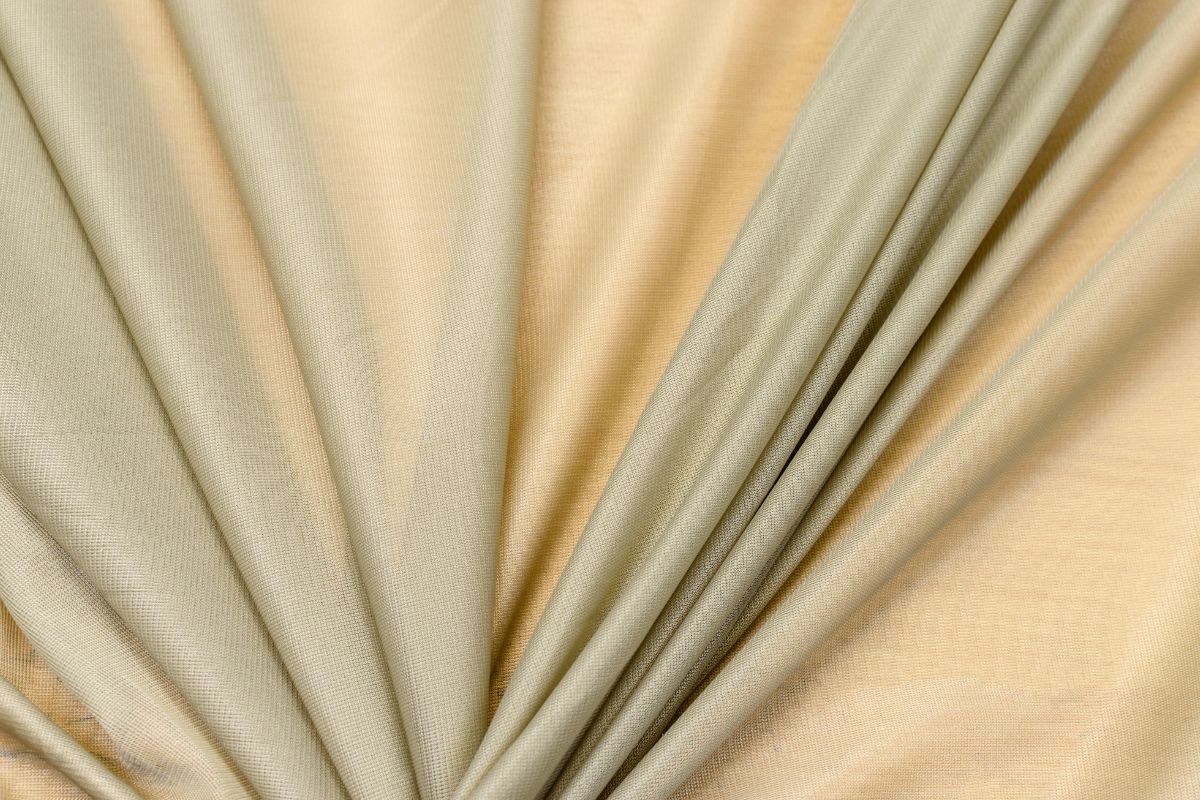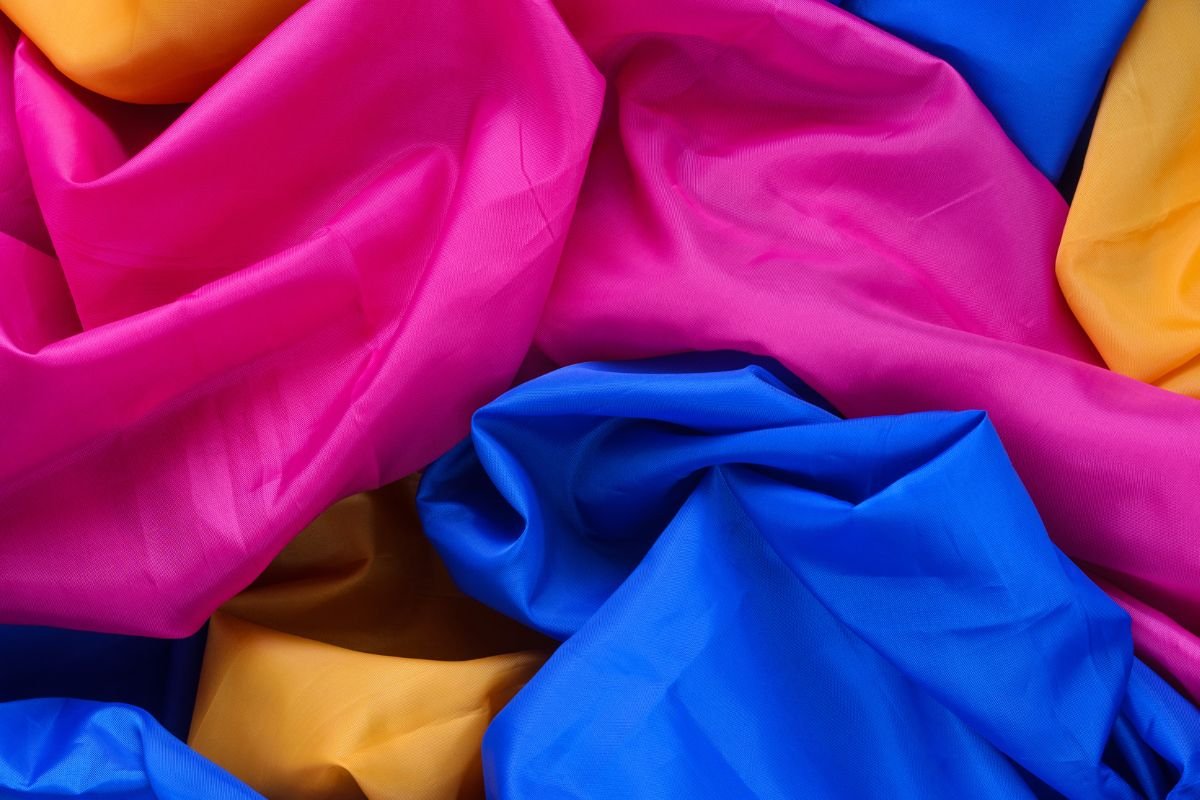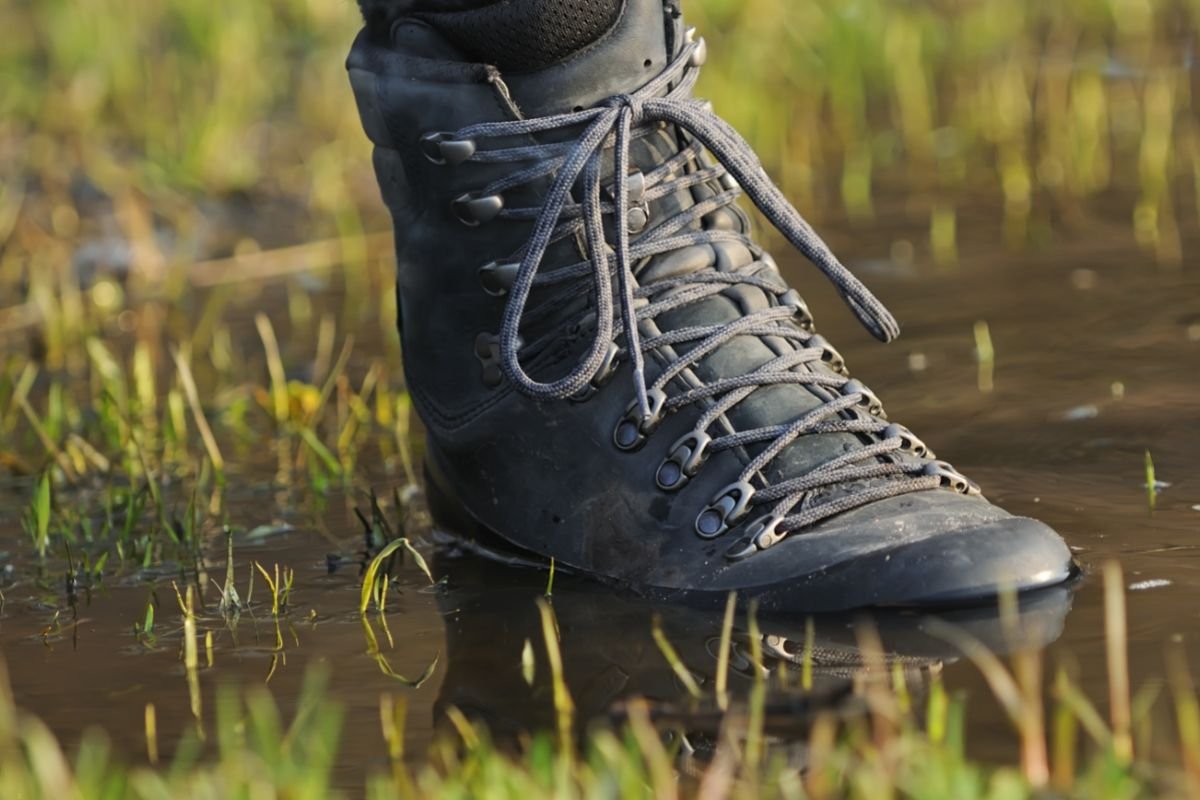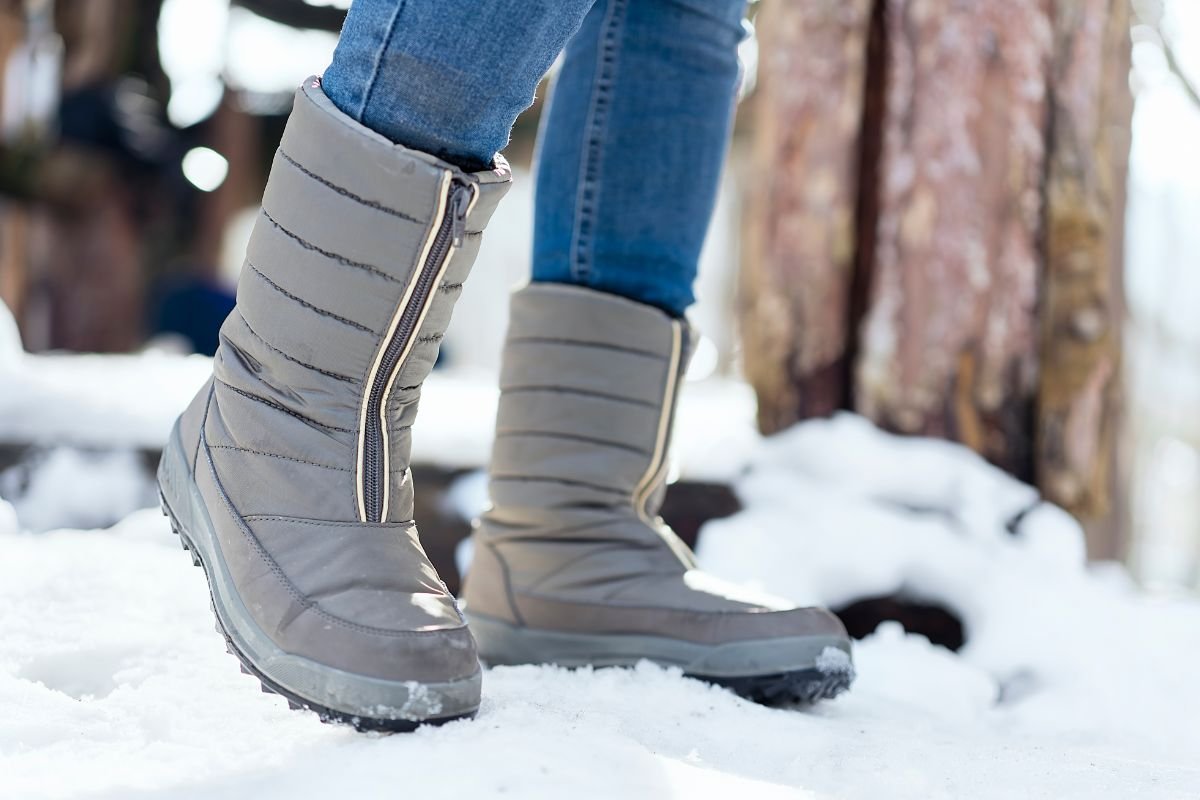Despite the fact that many people might not have heard of Tencel, it is a widely used material with applications in many different industries – ranging from clothing, to manufacturing, and to upholstery.

But what exactly is Tencel, and what benefits does it bring to the table?
What Is Tencel?
Tencel, now known as Lyocell, is a form of rayon – a semisynthetic material used in the manufacturing of clothing and other products.
Originally trademarked in 1982, Tencel/Lyocell consists of cellulose fibers, which are made from dissolving pulp and then reconstituting it by dry jet-wet spinning.
However, unlike rayon, which uses the viscose process, the process of making Lyocell doesn’t involve the harmful chemical carbon disulfide – a component that can prove hazardous and toxic to workers and the environment.
Does Tencel Shrink?
Even though Tencel is designed to be a shrink resistant material, it still has the potential to shrink – although the percentage of this is small.
Generally speaking, manufacturers say you could expect a 3 to 5% shrink rate, although this is only when the garments are washed improperly.
Tencel can also be purposely shrunk by getting the material soaking wet, and then washing or drying it under a high heat.
However, with a moderate temperature for washing, and by allowing the material to dry naturally – be it on a washing line, or on a low temperature radiator – Tencel will remain shrink resistant, and continue to look great for years to come.
What Products Use Tencel?
There are many products within consumer manufacturing that use Tencel as their main material.
Clothing
This is the most common use for Tencel within the industry, and the properties of the material are perfectly matched for garments – especially those designed to be soft, durable, and long lasting.
Mattresses
Tencel is also used in the creation of mattresses – a task it is perfectly suited to, thanks to its moisture absorption properties, its durability, its softness, and the fact that it has a low tog rating – meaning that it doesn’t get too hot.
Conveyor Belts
Tencel and similar materials are also used in heavy industry, namely in the creation of conveyor belts. These need to be strong yet maneuverable, so Tencel is the perfect choice for material, as it has both of these qualities in spades.
Medical Dressings
Tencel is also used in medical dressings, and every quality of the material serves a distinct use within the medical industry.
The durability, softness, and absorption are good for dressing wounds, while the biodegradability means that medical waste can quickly and easily rot away when disposed of – making the product more environmentally friendly.
What’s more, the airiness created by the moisture absorption means that wounds and injuries can breathe more easily, something that is paramount to the healing process.
Does Tencel Have Other Benefits?

Of course, Tencel is not only shrink resistant, and has other benefits that make it a favorable material used in manufacturing.
Strength
One major benefit of Tencel is its strength – something that is responsible for its widespread use in a number of industries.
Soft
Tencel also has a reputation for appearing and feeling softer than other materials like cotton. This is due to the fact that Tencel is better at wicking moisture – making the product in question feel ‘airier’, lighter, and overall more comfortable.
Biodegradable
Tencel is also better for the environment, as it is biodegradable – meaning it will rot away naturally if dumped or left outside in the elements.
This makes it a better, more ethical choice of material, and means that clothing thrown in landfills will quickly degrade instead of remaining buried forever.
Sustainable
The material is also sustainable, meaning it can last a long time – separating itself from the ‘fast fashion’ industry, composed of cheap materials that do not last the test of time.
Moisture Absorbent
Tencel is also incredibly absorbent, meaning that there is fewer bacteria harbored within the clothing. This creates a healthy state of living, and is better for the home environment (when used on furniture or beds).
Waterproof
Tencel is also more resistant to water spillages than viscose brands of material – meaning that furniture, bedding, and even clothing are more protected against everyday accidents.
Easy To Clean
Tencel is also easier to clean than other fabrics, meaning that clothing, bedding, and furniture can be left looking their best with little time and effort.
Easily Dyed
They are also easily dyed – making this element of the manufacturing process quicker, cheaper, and easier. The absorbent properties of the Tencel mean that the dye takes hold and spreads more easily, meaning that less is required, and costs are lower.
Does Tencel Have Downsides?
As with anything, Tencel does have some downsides that make it less effective than other materials.
Cost
The cost is the major downside of Tencel, which can make it an expensive endeavor for companies using it for their products.
Tencel costs more to produce than materials like cotton, which is then reflected in the price of the garments when they are sold to the public.
This makes Tencel an ineffective material in many ways, as both the manufacturer and the consumer feel the sting of the costly production process.
Chemicals
While Tencel might be less toxic than other materials, it still requires a lot of chemicals to make the process work, meaning that it can be harmful to those producing it, as well as to the environment.
This also makes it potentially irritable to people with certain sensitivities to chemicals – making it not a suitable material for everyone to use and wear.
Final Thoughts
And there we have it, everything you need to know about Tencel, and the applications it has within the manufacturing industry.
Tencel has many benefits to the manufacturing of clothing and other material based products, as well as being an environmentally friendly, ethical material that makes clothing more sustainable and safe.
- 15 Amazing Vegan UGG Boots Not To Miss Out On - November 23, 2022
- 15 Vegan Running Shoes To Brighten Up Your Wardrobe - November 23, 2022
- 8 Best VEJA Vegan Sneakers To Buy Today - November 22, 2022










